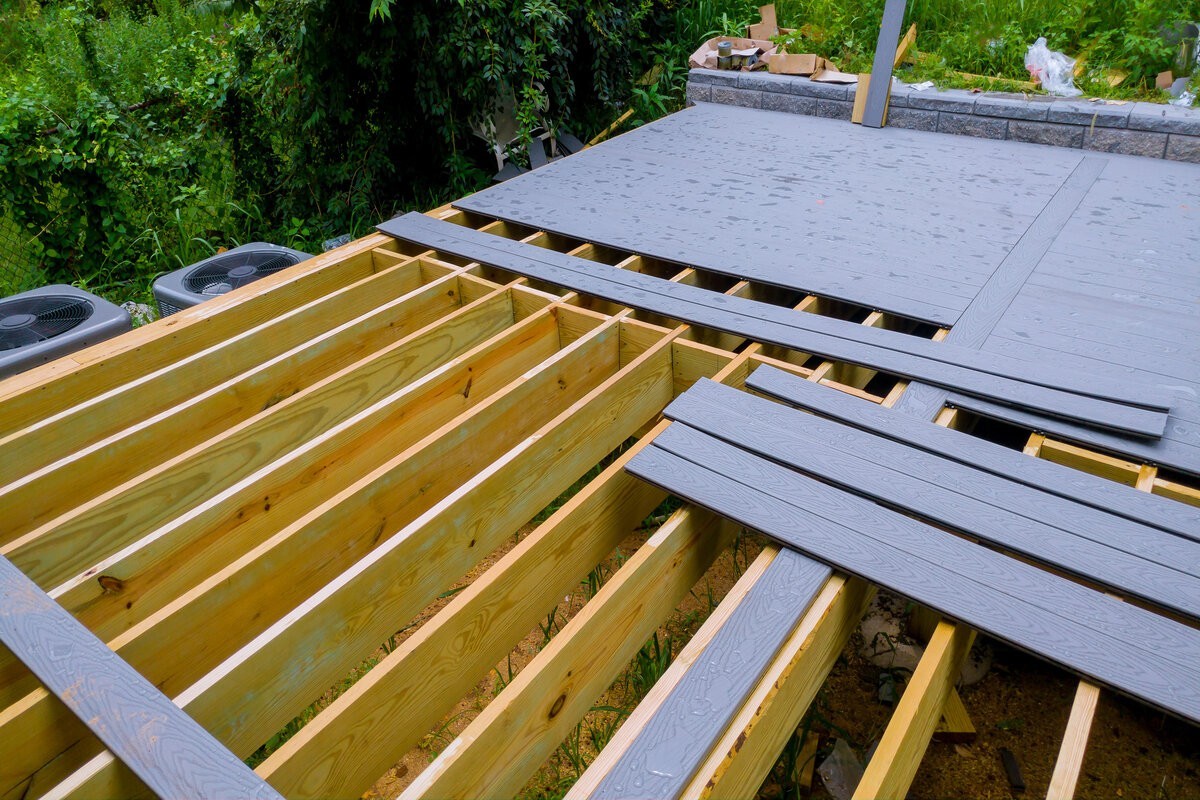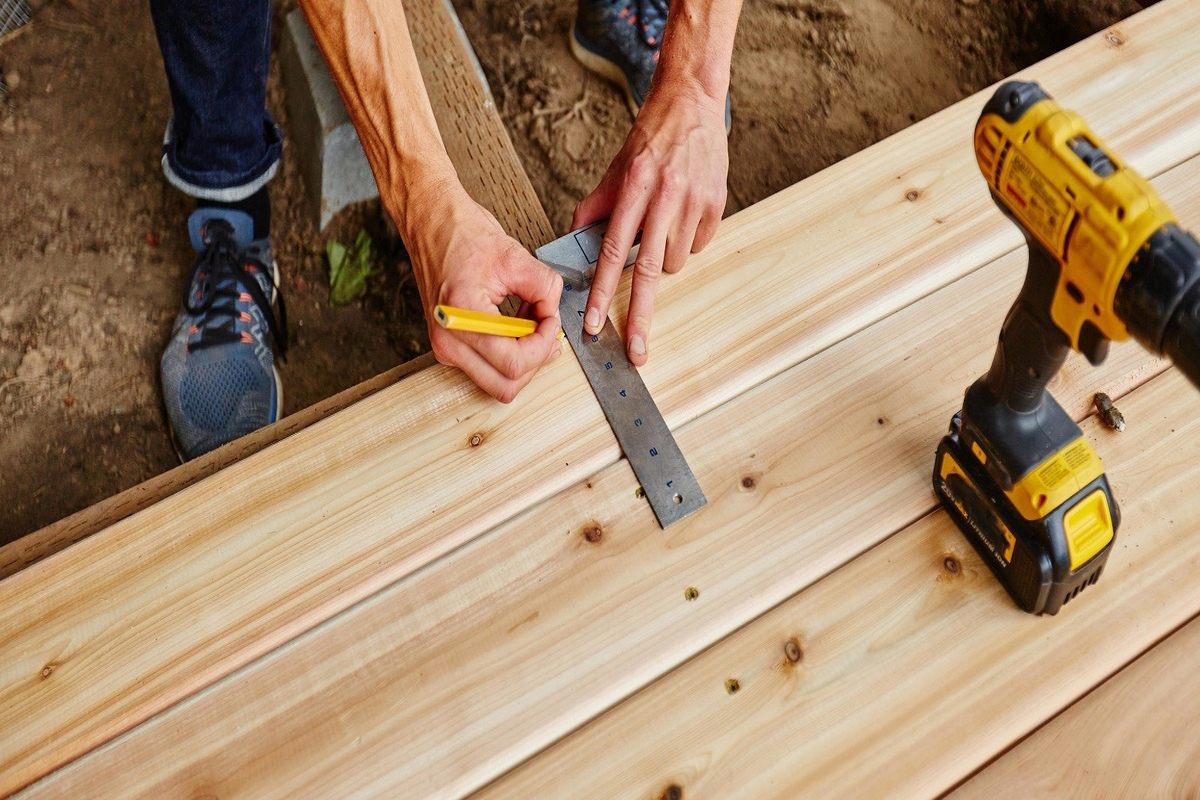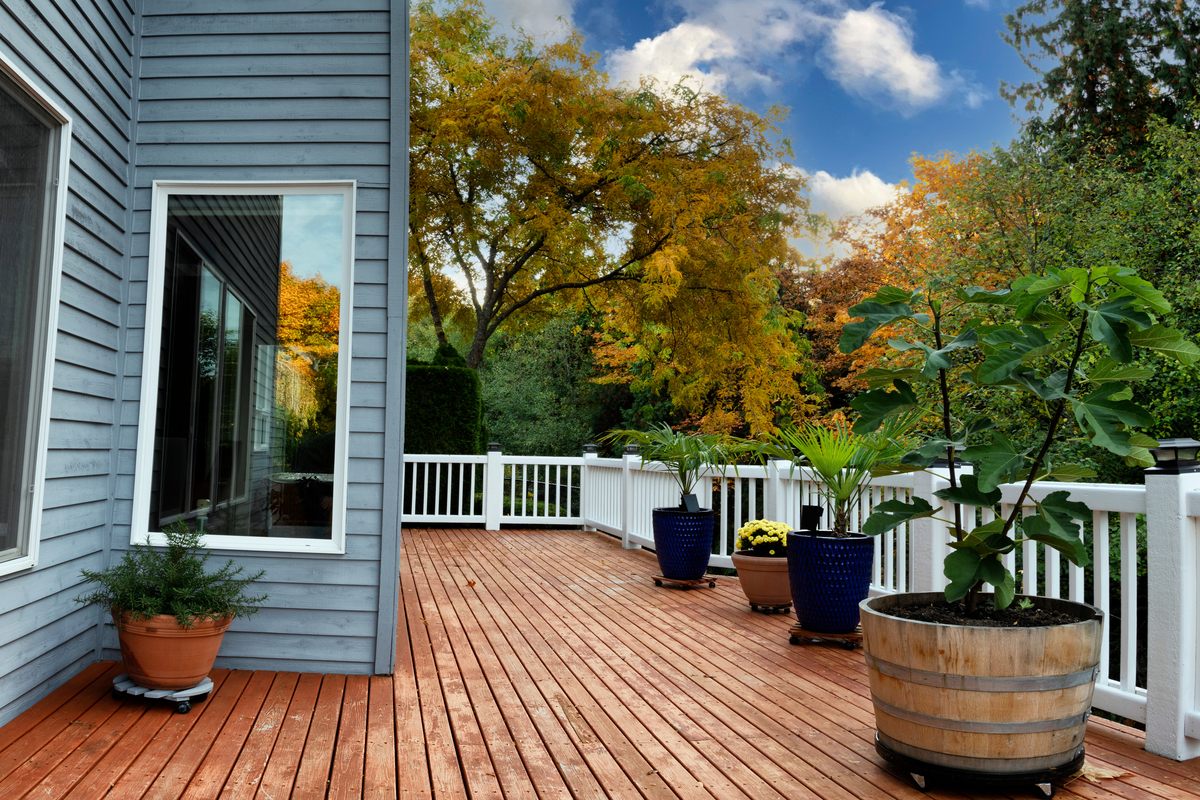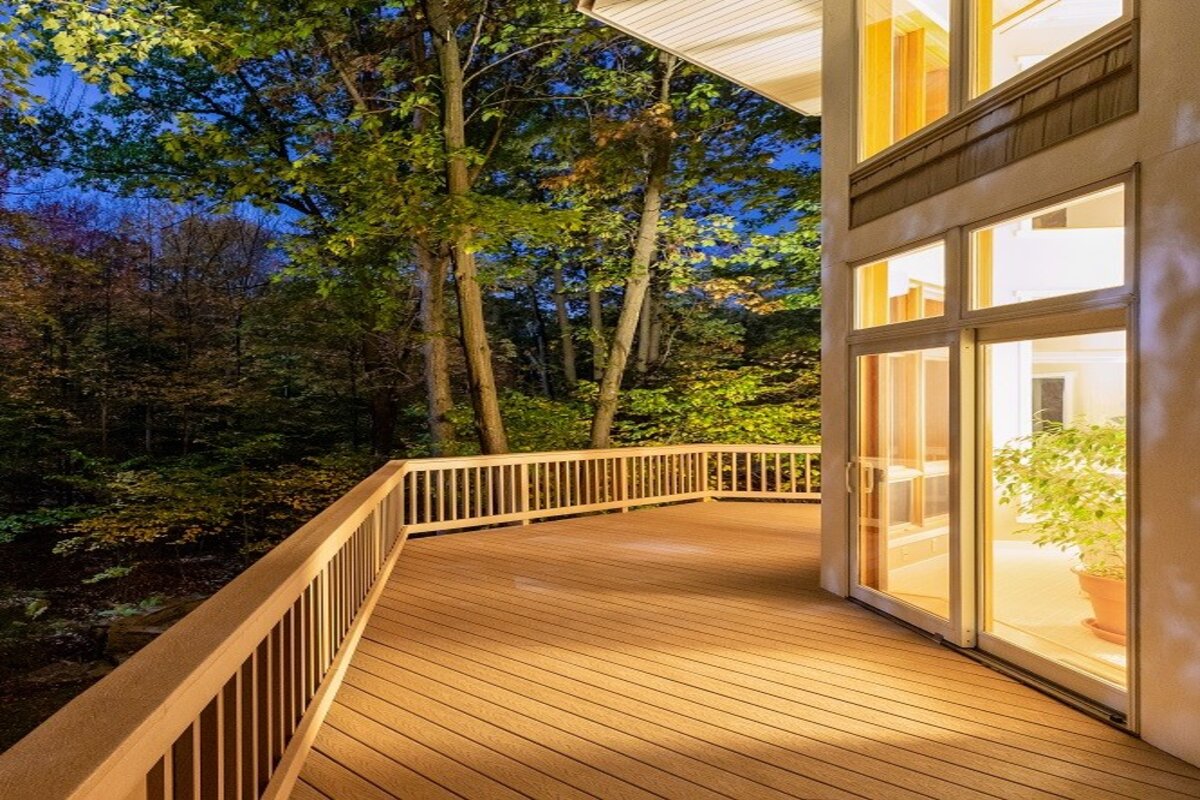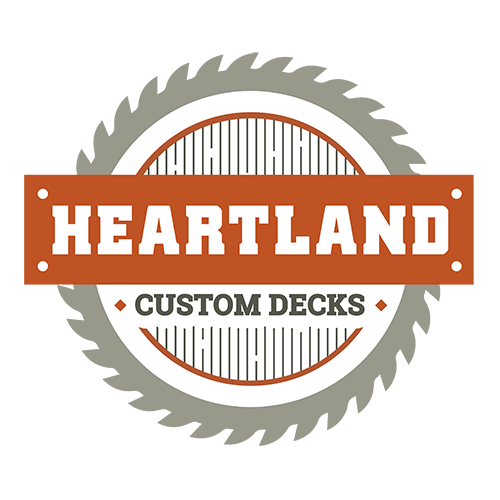When planning a new deck, most people focus on color, style, or layout. But one detail that’s often overlooked is the thickness of the deck boards. It may seem minor, but it can affect everything from how sturdy your deck feels to how long it lasts. At Heartland Decks, we walk homeowners through all the options, including composite deck board thickness, to make sure their deck fits both their needs and their budget. Whether you’re building a quiet porch or a space for weekend get-togethers, choosing the right thickness is a smart first step.
Key Considerations for Composite Deck Board Thickness
Composite deck boards typically come in standard thicknesses, with TimberTech’s composite boards being 1 inch thick. This is considered the industry norm and is suitable for most decking applications. However, there are exceptions, such as TimberTech’s Porch Collection, which features tongue-and-groove boards that are thinner. These thinner boards are designed specifically for front porches, where there is typically less weight and activity compared to a backyard deck.
Why Does Thickness Matter?
One of the most common misconceptions is that thicker boards mean better durability. However, thickness alone does not determine a board’s strength. TimberTech’s composite boards are manufactured through a precise process where all boards are compressed at the same pressure, ensuring consistent durability regardless of thickness.
That said, weight distribution plays a role. On a deck, activities such as grilling, dining, and socializing involve heavier loads over a longer period. Thinner boards, like those in the Porch Collection, may not be suited for this level of usage.
Factors Influencing Deck Board Thickness Selection
1. Scalloped vs. Solid Boards
TimberTech offers both solid and scalloped boards. Scalloped boards have grooves on the underside, reducing material usage and making them a more cost-effective option. The process involves melting raw materials, molding the boards, and then shaping the underside to create the scalloped effect. Despite using less material, scalloped boards remain highly durable due to the compression process.
The key advantage of scalloped boards is affordability. Since a small portion of the material is removed from each board, manufacturers can produce more boards from each batch, ultimately lowering costs without compromising quality.
2. Joist Spacing Requirements
The structural integrity of a deck depends heavily on joist spacing. Here’s how it works with TimberTech boards:
- Standard 1-inch boards: Designed for 16-inch on-center joist spacing (residential applications).
- Thicker composite boards: Can be used with 24-inch on-center joist spacing, making them ideal for commercial applications, docks, and boardwalks.
For added stability, reducing the spacing to 12 inches on-center can enhance the feel and strength of the deck.
3. Cost Considerations
The choice between standard and thicker boards also affects the project budget. Thicker solid boards typically cost more due to increased material usage, whereas scalloped boards offer a budget-friendly alternative without sacrificing performance.
4. Usage and Foot Traffic
If your deck will handle heavy furniture, frequent gatherings, or grilling stations, using a thicker board or reducing joist spacing can provide added strength. For low-traffic areas like front porches, thinner tongue-and-groove boards are often sufficient.
Making the Right Choice with Heartland Decks
At Heartland Decks, we prioritize your specific needs and preferences when helping you select the best composite deck boards. Here’s what we offer:
- Expert Consultation: We assess your intended deck usage and budget to recommend the right board thickness and design.
- Precision Installation: Our team follows industry best practices to ensure your deck is safe, durable, and visually stunning.
- High-Quality Materials: We partner with leading brands like TimberTech to provide top-tier composite decking options.
In Summary
The thickness of composite deck boards is an important factor in determining the longevity and strength of your deck. While 1-inch boards are the industry standard, understanding the role of scalloped vs. solid designs, joist spacing, and intended use will help you make an informed decision.
If you’re unsure which thickness is best for your project, contact us today. Let Heartland Decks bring your vision to life with expertly crafted composite decking solutions.


